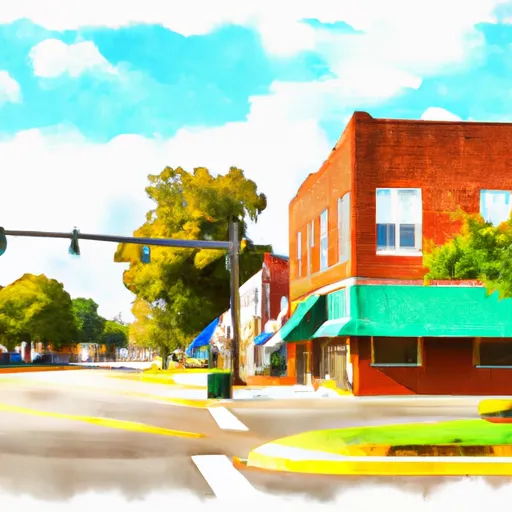°F
°F
mph
Windspeed
%
Humidity











Buhl, Alabama is a small rural community located in Tuscaloosa County. The climate is characterized by hot and humid summers and mild winters. The area is largely agricultural, with crops such as cotton and soybeans being grown. Hydrologically, the community is situated along the Sipsey Fork of the Black Warrior River, which provides opportunities for fishing and boating. Outdoor recreation options in the area include nearby Lake Lurleen State Park, which offers hiking, camping, swimming, and fishing. The park also has a large lake for boating and a disc golf course. Overall, Buhl offers a peaceful and scenic escape for those looking to enjoy the outdoors.
Weather Forecast
Buhl receives approximately 1404mm of rain per year, with humidity levels near 86% and air temperatures averaging around 17°C. Buhl has a plant hardyness factor of 8, meaning plants and agriculture in this region tend to thrive here all year round.
Regional Streamflow Levels
585
Cubic Feet Per Second
773
Cubic Feet Per Second
19
Cubic Feet Per Second
657
Cubic Feet Per Second
Nearby Camping
| Camping Area | Reservations | Toilets | Showers |
|---|---|---|---|
| Meaher State Park | |||
| Foscue | |||
| Runaway Branch | |||
| Damsite West Bank | |||
| Blakeley State Park | |||
| Gulf State Park |



